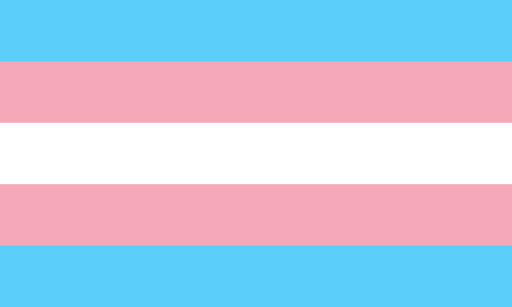
By Andrés B.
According to the Human Rights Campaign, at least 22 trans and gender non-conforming people died in 2019 due to transphobic violence. A significant number of victims were Black trans women. Today, on Trans Day of Remembrance, I ask myself: What does it mean to honor trans lives that are cut short by violence? What can acknowledging that violence look like in a way that does not perpetuate harm or re-traumatize living community members who are forced to face the realities of systemic transphobia and oppression? How do we make this day feel less triggering and more welcoming to trans people who want to be surrounded by community? There is more to trans life than death and shifting Trans Day of Remembrance to Trans Day of Resilience is a way to center a new narrative.
Trans Day of Resilience was originally coined by BreakOUT in 2015 to describe the organization’s annual art offering for trans people of color. The concept has transformed into a widely recognized extension of Trans Day of Remembrance that celebrates trans lives while simultaneously recognizing the disproportionate rate in which trans communities of color, specifically trans women of color, are targeted in violent attacks. Instead of centering death alone, Trans Day of Resilience focuses on how trans communities of color resist violence and fight for their survival. Under our patriarchal, capitalist society, trans lives are not valued, but Trans Day of Resilience challenges this norm by showcasing trans people’s power in the face of adversity.
Trans Day of Resilience reminds me of my own journey as a young trans Latinx person discovering myself while unpacking the world around me. It reminds me of my friends and chosen family who have engaged in survival sex work, experienced homelessness, survived family rejection, faced harassment, and suffered from mental health problems, yet still manage to wake up everyday to exist as trans folks. Despite the hurdles that systemic transphobia, white supremacy, and patriarchy throw at them, trans communities of color keep fighting. That deserves to be celebrated.
Do not get me wrong: We should still honor our trans ancestors on this day. But we should do so in a holistic way that uplifts the power they held throughout their lifetimes. To exist as a trans person of color, especially a trans femme of color, is one of the most powerful ways to resist the violence that surrounds us. For this Trans Day of Resilience, I challenge people to talk about trans lives, past and present, in a way that holds people’s agency, and to show up for trans people not only during death but also in life.
